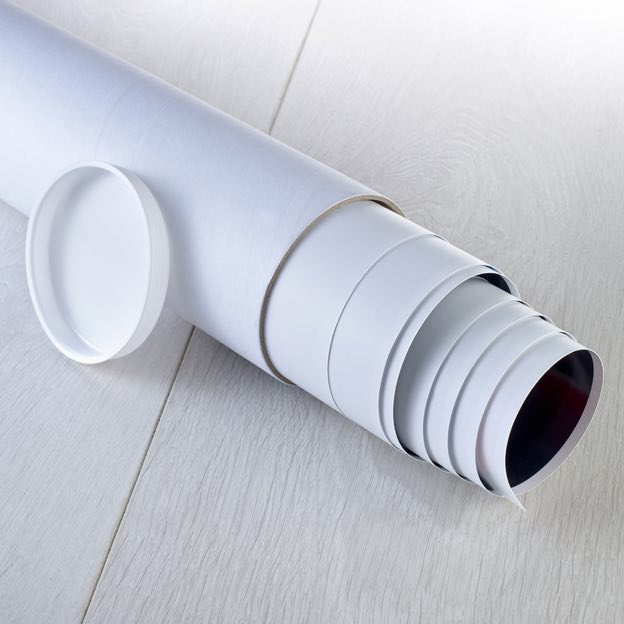Sizing information
| Overall size (inc frame) | x cm ( x in) |
| Depth | cm (in) |
| Artwork | x cm ( x in) |
| Border (mount) |
cm
top/bottom
(in)
cm left/right (in) |
| The paper size of our wall art shipped from the US is sized to the nearest inch. | |

Our prints
We use a 200gsm fine art paper and premium branded inks to create the perfect reproduction.
Our expertise and use of high-quality materials means that our print colours are independently verified to last between 100 and 200 years.
Read more about our fine art prints.
Manufactured in the UK, the US and the EU
All products are created to order in our print factories around the globe, and we are the trusted printing partner of many high profile and respected art galleries and museums.
We are proud to have produced over 1 million prints for hundreds of thousands of customers.
Delivery & returns
We print everything to order so delivery times may vary but all unframed prints are despatched within 1–3 days.
Delivery to the UK, EU & US is free when you spend £75. Otherwise, delivery to the UK costs £5 for an unframed print of any size.
We will happily replace your order if everything isn’t 100% perfect.
Product images of The Whale, c1850



Product details The Whale, c1850
The Whale, c1850
The Whale, c1850. Around the main illustration of harpooning a whale and the whalers being tossed from their boat are vignettes of the uses to which the whale was put after the carcass had been cut up. Spermeciti candles and whale oil were prized for lighting. Whalebone, from the plates from the upper jaw of whalebone whales, was used for corsets and for umbrella frames. Whale meat was eaten. Ambergris was used in perfumes. Parts which were otherwise of no use were applied as fertilizer. From Graphic Illustrations of Animals and Their Utility to Man. (London, c1850).
- Image ref: 1158325
- Oxford Science Archive / Heritage Images
Find related images
 zoom
zoom

















